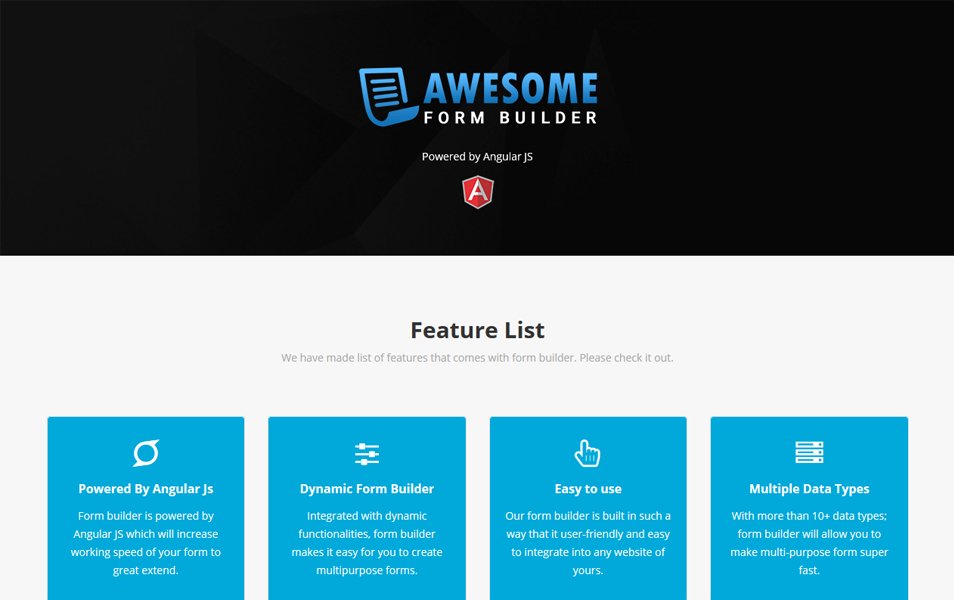

Required - Each form element has the Required option.By default, all form names are set to “Email Form.” This is how you can identify the field on form submissions. Name - All form elements have a Name field.Input settingsĮach form element has different input settings based on its type.

You can also access an element’s settings by selecting the element and pressing Enter/Return. You can double-click a form element (e.g., Input, Submit button) to open its settings. Need to know: Form elements can only be dropped inside of a Form block. Submit button - No form is complete without the Submit button! When clicked, this button submits all of the data collected in the form.
Learn how to add reCAPTCHA in your forms. reCAPTCHA - reCAPTCHA is a Google service that helps prevent form spam.

You can also allow for multiple selections.
Select - The Select input behaves very similar to a dropdown element, where you can add a list of different options for your visitor to select. Radio button - The Radio button field is best used for input data where the visitor can select only one of many options. Checkbox - Checkboxes are best used for input data where the visitor can select one or multiple options. Text area - The Text area field allows visitors to input multi-line data, like a lengthy message. Learn more about the File upload button and how you can customize it. File upload - The File upload button allows site visitors to attach a file to their form submission. Input - The Input field is used to collect single-line data, like a one-word response to a question (e.g., name or email address). Field labels are crucial for accessible navigation of your form, so it’s important that you do not delete these. Field label - A label is used to describe the function or purpose of a form field. You can add or delete any form element within the Form, like an Input or a Checkbox, to customize your form as needed.







 0 kommentar(er)
0 kommentar(er)
